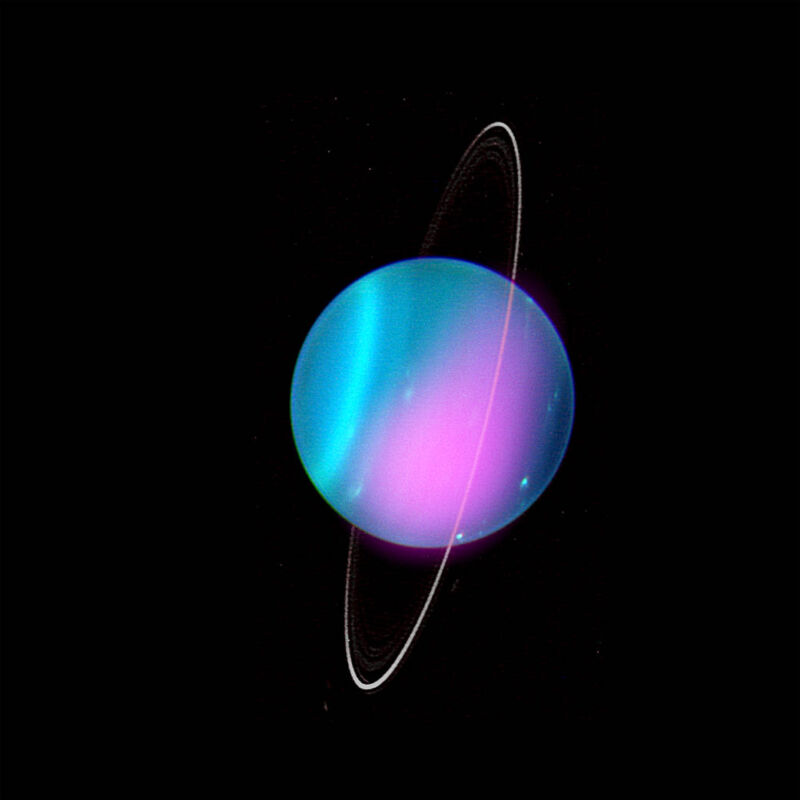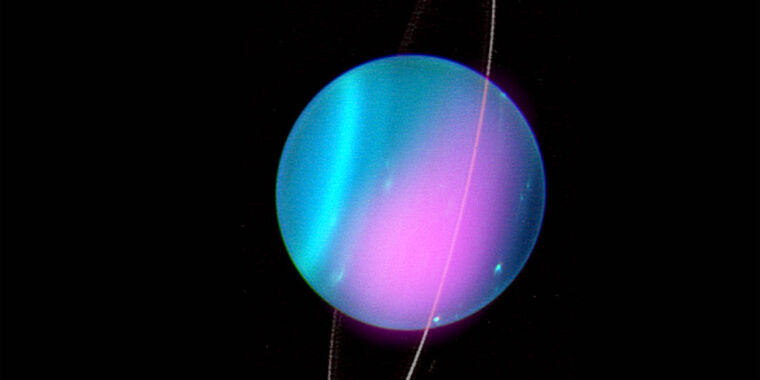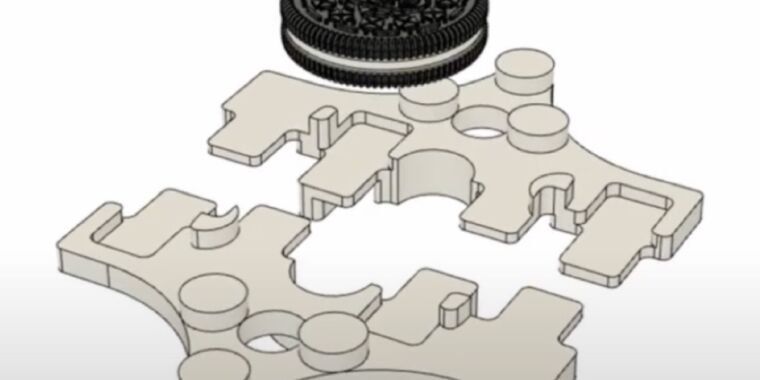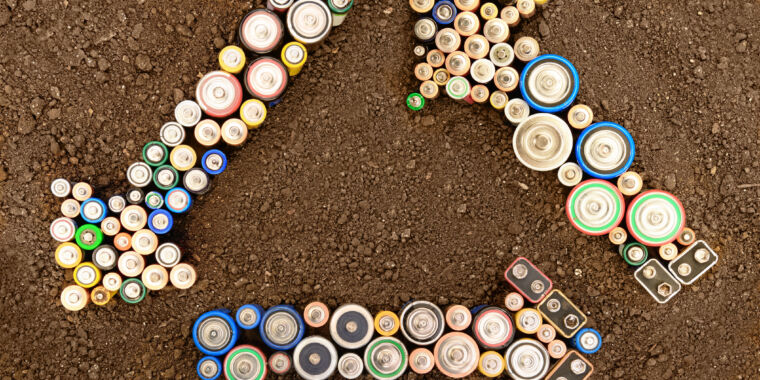
Late in 2021, the astronomy community released its decadal survey, a road map of scientific priorities for the next 10 years, which describes the hardware we need to build in order to achieve them. That survey was focused on distant objects and recommended projects like large, broad-spectrum space telescopes.
This week sees the release of a second decadal survey, this one focused on the needs of astronomers and planetary scientists who focus on the objects in our Solar System. This survey’s big-ticket recommendations are orbiters for Uranus and Enceladus, while smaller missions include preparations for sample returns from Mars, the Moon, and Ceres. As always, what we get done will depend on whether the planetary science budgets do better than keeping pace with inflation.
Big priorities
The survey lays out the overall scientific themes behind the priorities, but they’re broad enough that they pretty much cover everything. As listed, they include a look at the materials present in small bodies within the Solar System to infer the details of planet formation from the protoplanetary disk, and observations of the planets to track their evolution since then. Also a priority: moon formation; studying the interiors and atmospheres of the planets; and the role of impacts in shaping planet evolution. Finally, there’s the possibility of life existing at present or in the past on a body other than Earth.
That seems to cover just about everything in the Solar System, which means these research priorities could justify just about any mission. So what hardware has the scientific community chosen to pursue?
The big-ticket item is the Uranus Orbiter and Probe, or UOP, which will undoubtedly get a better name prior to launch. Much like earlier Galileo and Cassini missions, UOP will consist of an orbiter that stays in place to study the system, and an atmospheric probe that will make a one-way trip into the planet (or, in Cassini’s case, the atmosphere of the moon Titan). Ideally, UOP will be constructed within the next decade in order to use a gravity assist from Jupiter that will be available if it’s launched within a window that ends in 2032.
Why Uranus? We’ve already done extensive study of the gas giants Jupiter and Saturn, but the two ice giants of the outer Solar System, Neptune and Uranus, have only been visited by Voyager 2 decades ago. Exoplanet surveys have revealed that Neptune-size planets are quite common elsewhere in our galaxy, so their study will be generally informative. Uranus in particular is interesting because it seems to have been struck violently early in its history, causing its axis of rotation to shift by nearly 90 degrees. It also has moons that seem to have been geologically active and may harbor oceans. Aside from all that, it happens to be considerably closer than Neptune.
Should budget increases outpace inflation, the survey recommends a second flagship mission, this one to Enceladus, one of Saturn’s moons. Enceladus appears to have a sub-ice ocean and geysers that release some of its contents to space. The “Enceladus Orbilander” will fly through the plumes of these geysers to analyze their content and then land for two years of operation on the moon’s surface. The goal would be to have it launched in time to reach the moon by the 2050s, when orbital variations will provide more sunlight on the southern hemisphere of Enceladus, where the geysers are located.








